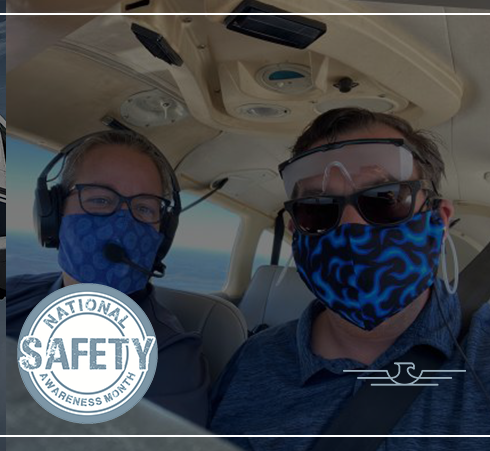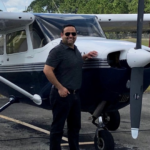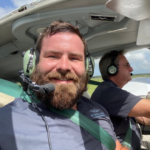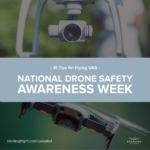June is National Safety Month, so we are reinforcing the safety standards we prioritize throughout the year. If you are learning to fly or operating your own flight school, safety is a priority all the time – not just while in the air.
Self-assessment is a great way to determine if you are meeting safety standards. Before you begin any task use the 5-second rule and ask yourself, “What harm or damage could result from my actions?”.
To help you evaluate your own safety proficiency, we are sharing five areas to think about in your training operations.
- Community Safety
In the wake of COVID-19, the health and safety of our community is a top priority. It is important that you continue efforts to navigate the current pandemic and stay vigilant in your precautions. Familiarize yourself with CDC and local guidelines, track current cases and practice social distancing, sanitization and the use of face coverings when training, to mitigate the risk of exposure and spreading the virus. - Ground Safety
According to the FAA, ramp incursions occur at a rate of 1200 per year or three per day! The most significant risk factors occur during towing and ramp and hangar movements. Never attempt a job you are not trained to do and be open to asking and answering questions. As a student or instructor, familiarize yourself with your school’s “hot spots”. These are locations with a history of potential collisions or incidents. Familiarizing yourself with these areas help you plan the safest possible path of movement for yourself, students and equipment. - Personal Safety
Safety includes taking care of your physical and mental well-being. While these are always important, especially in high-stress fields where you are operating powerful machinery, in our new pandemic environment we must bring even more awareness to this topic. The onslaught of information and potential impact of news regarding the virus, health risks and the economy, can take its toll and cause mental fatigue. The drowsiness, distraction and lack of alertness associated with fatigue could have devastating effects for instructors and students during flight training. - Flight Safety
Every pilot should be prepared for anything. Most accidents happen from a failure of proper flight preparation or an inappropriate response to an unexpected event. Be sure to take your time before take-off, utilize pre-flight checklists and double-check fuel calculations. Practicing your response to possible events is also good. Consider using a simulator to practice scenarios such as engine failure, electrical failure, weather patterns, etc. Being able to plan for and adapt to both positive and adverse outcomes is just one of the skills that makes a great pilot. - Team Safety
It’s important that everyone at your school, instructors and students, are aware of safety procedures, reporting processes, emergency contacts, etc. Creating and adopting a Safety Management System (SMS) can protect your students and staff, giving them a sense of security about operations. Building an organization-wide safety culture, and encouraging open and honest communication makes for a better training environment.
At Sterling, we hold our students and instructors to the highest safety standards and promote a strong safety culture that puts students and associates first. Find out more about our operations here.





